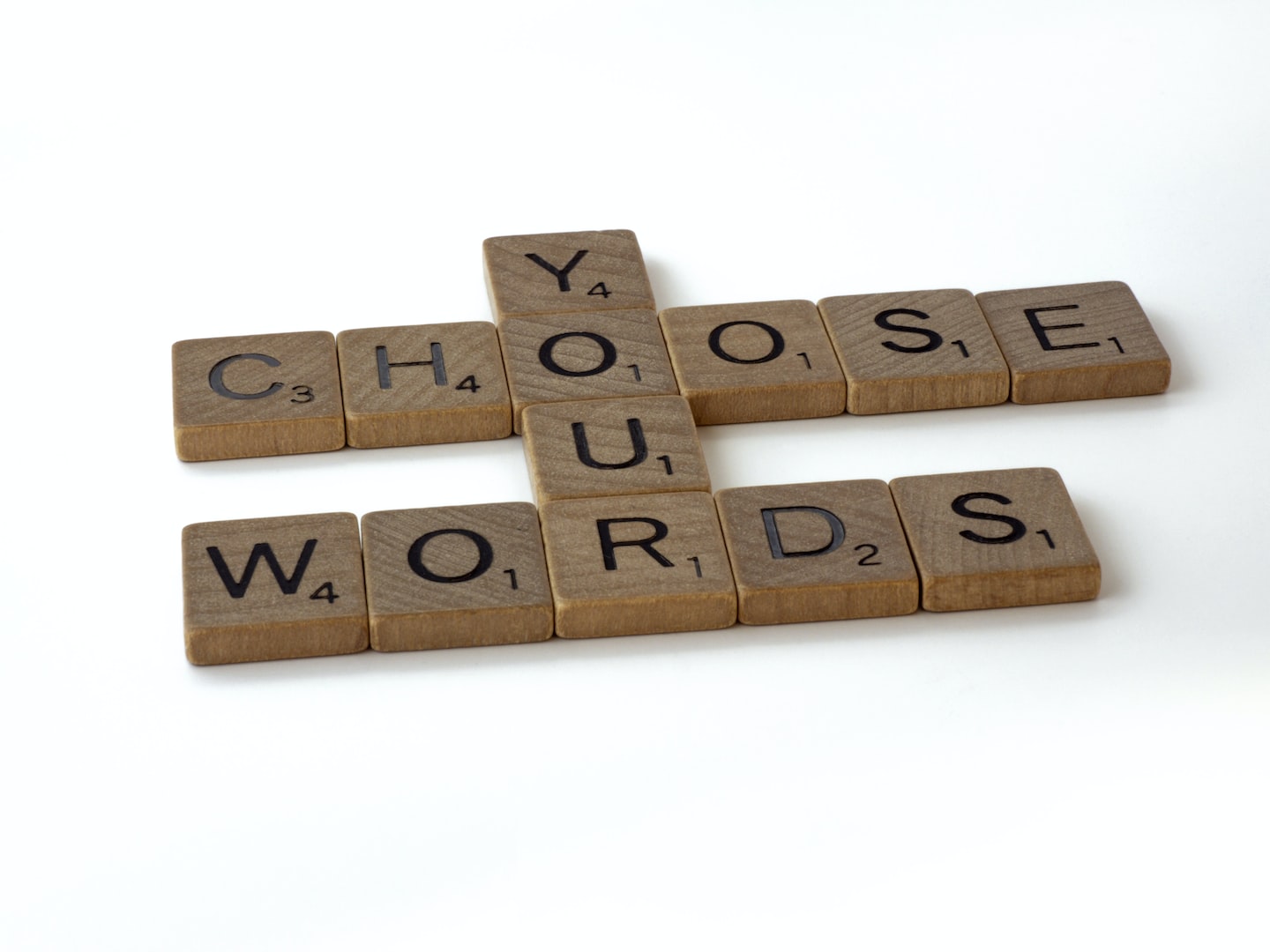Unveiling the Artistry of Language:
Translations vs. Transcreation
Munir Ahmed

In our ever-connected global world, effective communication across language barriers is absolutely crucial. This is where the magic of translation comes into play, ensuring that ideas, messages, and information smoothly traverse diverse cultures and languages. While traditional translations play a vital role, there's another layer to language adaptation that goes beyond the literal, delving into the intricacies of culture, emotion, and creativity – enter transcreation.
The Foundation: Translations
Translations, at their core, involve converting text from one language to another while preserving the original meaning. It's the backbone of cross-cultural communication, facilitating the exchange of information across borders. The primary focus in translation is accuracy and fidelity to the source material.
Let's take a simple example:
Original English Text:
"The red rose bloomed in the garden."
Translated to Spanish:
"La rosa roja floreció en el jardín."
In this case, the translation is direct and accurate, keeping the core meaning of the sentence intact. But only someone who understand both language properly can appreciate that the Spanish translation although says exactly same as the English, but does not convey the exact sentiments and lacks the radiance of the English phrase.
Beyond Words: Transcreation
Transcreation, however, goes beyond the traditional translation paradigm. It involves adapting content not only linguistically but also culturally, emotionally, and creatively. The goal is to evoke the same feelings and responses in the target audience as the original text does in its native context. Let's revisit our example, but this time with a transcreated twist:
Original English Text:
"The red rose bloomed in the garden."
Transcreated to Spanish:
"En el jardín, la rosa roja despertó, alegre y radiante como el sol del mediodía."
(In the garden, the red rose woke up, happy and radiant like the midday sun)
Here, the transcreation captures the essence of the original but infuses it with cultural nuances and a touch of creativity, making it resonate more deeply with the Spanish-speaking audience.
Factors that Matter in Transcreation
Cultural Nuances: Transcreation considers cultural subtleties, idioms, and expressions to ensure the message is culturally relevant and resonant.
Emotional Impact: Unlike traditional translations, transcreation aims to evoke the same emotional response in the target audience as the original text does for its native readers.
Creativity: Transcreation allows for creative adaptation, enabling the translator to use their artistic flair to convey the message effectively.
Contextual Adaptation: Taking into account the broader context, transcreation ensures that the message aligns with the cultural and social norms of the target audience.
